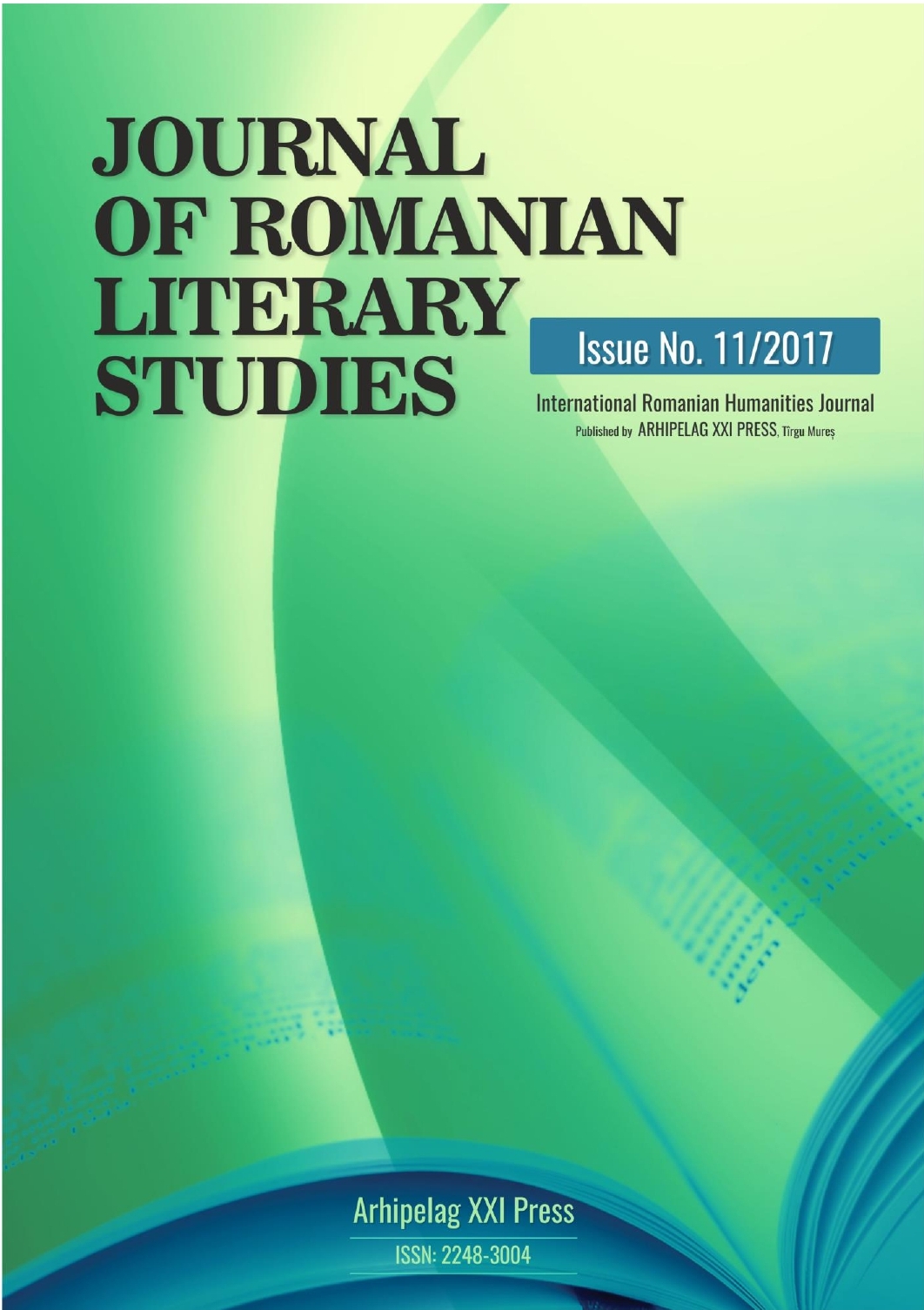MESSAGE AND IMAGE IN A PARABLE OF ROMANIA'S LAST DECADES
MESSAGE AND IMAGE IN A PARABLE OF ROMANIA'S LAST DECADES
Author(s): Ștefan VlăduțescuSubject(s): Semantics, Comparative Study of Literature, French Literature, Romanian Literature, Theory of Literature
Published by: Editura Arhipelag XXI
Keywords: parable; message; parabolic realism; fission of meanings; parabolic horizon;
Summary/Abstract: This study brings into a Romanian and universal diachronic perspective the parable ”The three hundred days rain” by Gabriel Chifu. The method used is a mix of comparisons, thematics and hermeneutics. There are three significant horizons: a realistic horizon, a biblical horizon, and a parabolic horizon. It is understood that in the articulation of this three horizons a distinctive parabolic realism is invented, a realism of parabolical fission of meanings. It is argued that the parable of Gabriel Chifu finds his place in universal literature, at the intersection of two groups of paradigm parables, the line of biblical parables and the line of parables with real incidence, myth or magic of the series ”The Plague” (A. Camus) and ”One Hundred Years of Solitude” (G. G. Márquez) and that, through the role of substantiation of the word, this parable shows clear Borgesian inflections. The novel ”The three hundred days rain” is qualified as a parable of Romania’s last years and is considered to be the most valuable parabolic novel of the present Romanian literature.
Journal: Journal of Romanian Literary Studies
- Issue Year: 2017
- Issue No: 11
- Page Range: 47-55
- Page Count: 9
- Language: Romanian

